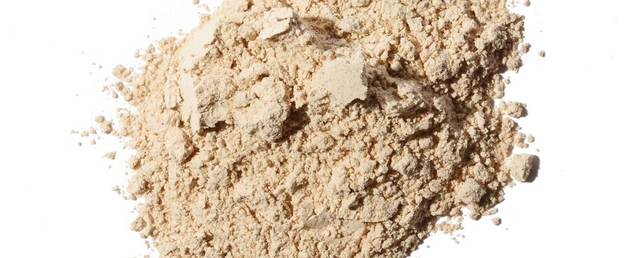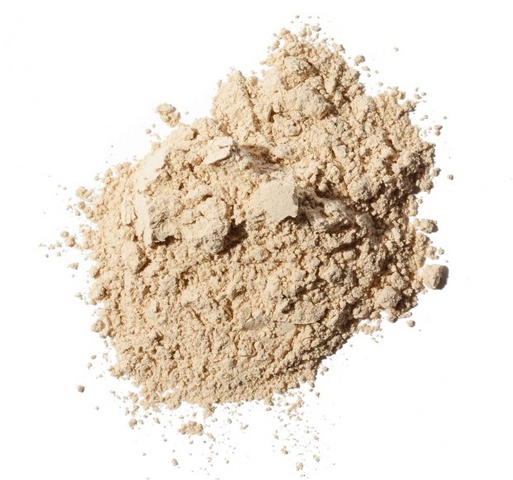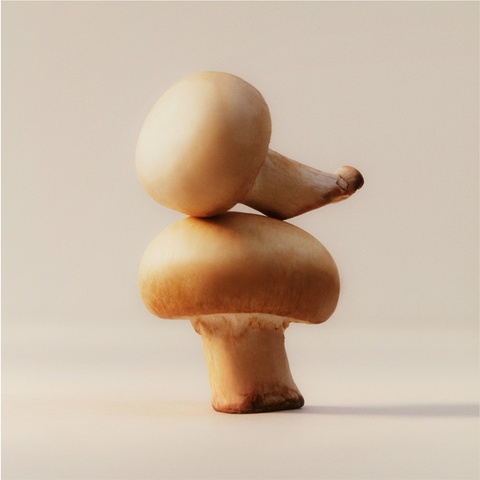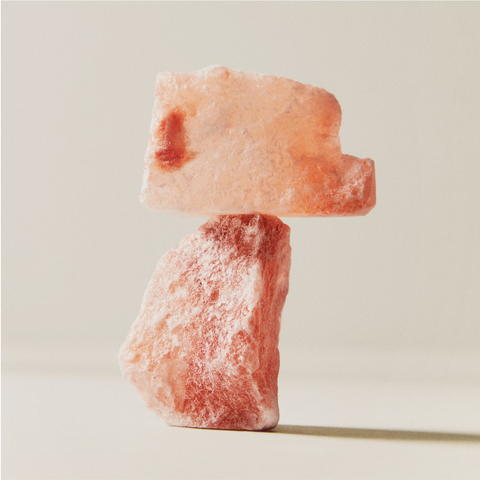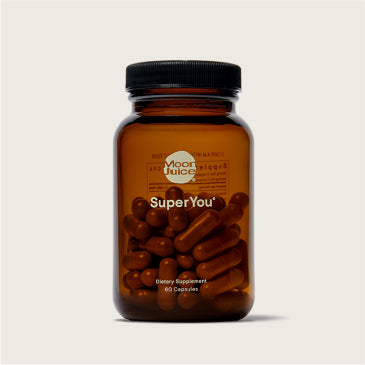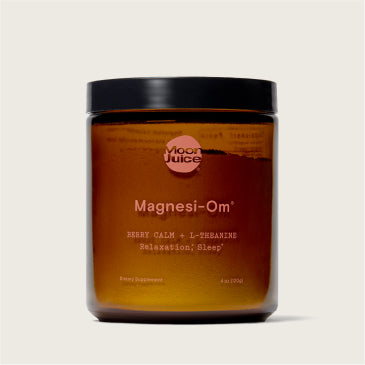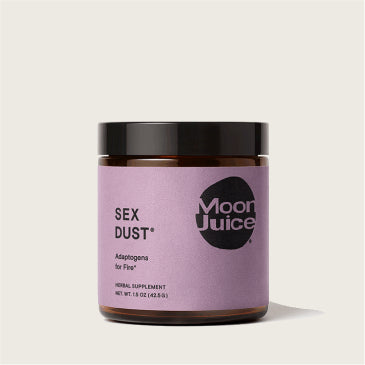What comes to mind when we say superfoods? Probably berries (acai, in particular), avocados, pomegranate, dark leafy greens, and omega-3-packed fish like salmon.
But adaptogenic mushrooms should be a staple of your holistic health toolkit, too.
Fantastic fungi like Chaga, Reishi, and Cordyceps are packed with immune-supporting, anti-inflammatory nutrients that can help power your everyday routine.
Here’s how to use mushroom powder for optimal wellness benefits.
1. Add to Smoothies
Wondering how to take mushroom powder? Sure, you could add powdered mushroom to plain water and gulp the mixture down, but where’s the fun in that? Functional mushroom powders mix well with a variety of drinks and food.
Use mushroom powders like Cordyceps, organic Reishi powder, or Chaga to give your AM or post-workout smoothie a nutrient boost.
Gold-colored Cordyceps powder has a slightly sweet, anise-like flavor profile that pairs well with chocolate, coffee, and sweet honey-based concoctions. The best time to take Cordyceps is in the morning since it can boost your energy levels.
Dark brown Reishi mushroom powder, with its tannic and bittersweet essence, also goes well with coffee or chocolate-flavored smoothies.
Chaga mushroom powder is a good choice for those seeking a milder-tasting powder.
And remember, you don’t need to add a heaping scoop of functional mushroom powder to reap the benefit — Add one or more teaspoons depending on how bold you want the flavor to be.
2. Mix Into Coffee or Tea
Reishi, Cordyceps, and Chaga mushroom powder all mix easily with coffee and tea drinks and boost their antioxidant content thanks to the addition of beta-glucans, a type of soluble fiber that offers many health benefits, including:
- Cholesterol-lowering effects
- Antioxidant properties
- Blood sugar regulation
- Balancing of the immune system
Our Chaga and Cordyceps mushroom powders contain 240 milligrams (mg) and 250 mg of 1,3 and 1,6 beta-glucans per serving, respectively. And our Reishi mushroom powder contains a whopping 700 mg per serving.
If you find the flavor of mushroom powder too strong, consider adding a dash of creamer to your Chaga, Cordyceps, or Reishi mushroom tea to mellow out the taste.
Cordyceps mushroom extract is a key ingredient in Milk Chocolate Momentum. The recipe is available in The Moon Juice Manual.
3. Incorporate Into Soups and Stews
Fresh mushrooms already pair well with soups and stews, so why not try dried mushroom powder?
The earthy flavor profile of Chaga, Reishi, and Cordyceps blend exceptionally well with savory dishes.
You can find a recipe for Savory Reishi Broth in The Moon Juice Manual. The broth makes an excellent base for vegetable and noodle-based soups. It can also be used to cook grains and legumes like beans and quinoa.
4. Blend Into Salad Dressings
Top your already nutrient-packed salad with delicious, healthful dressings made with mushroom powder. Add some mushroom powder to your favorite salad dressing, or create your own mushroom seasoning blend for your next superfood salad.
Our Chaga powder has a mild, earthy flavor that lends itself well to savory dishes like dressings and vinaigrettes. The dried mushroom powder also contains 240 mg of beta-glucans per serving.
Evidence shows that Chaga mushrooms may help combat oxidative stress that can show up as skin damage. Research also demonstrates that these dried mushrooms have anti-inflammatory effects.
5. Stir Into Oatmeal
Oats are already packed with beta-glucans. Add a beta-glucan-rich mushroom powder like Reishi, and you’ve got yourself a breakfast of champions that can help you reach your daily fiber goal, improve your regularity, and support your immune and cardiac health.
In addition to being a rich source of beta-glucans, Reishi also supports mitochondrial health and energy production. Plus, it encourages heart health that, in turn, supplies the brain with nutrients, like oxygen and fresh blood.
6. Use In Baking Recipes
Mushroom powders blend well with liquids like tea, coffee, and smoothies. They’re also a great addition to baked goods. You only need to add 1-4 teaspoons of our mushroom powders to get all the incredible nutritional benefits.
Our recipe for Queen Healer Bread (available in The Moon Juice Manual) contains 3 tablespoons of Reishi powder.
7. Enhance Marinades
If you’ve ever marinated lean cuts of meat or thick, firm slabs of tofu or tempeh in coffee-based marinades, you know that strong flavors can pair well with grilled proteins.
For the best results, mix earthy-flavored dried mushroom powders with your favorite herbs and spices and marinate protein overnight. Pop onto skewers with an assortment of vegetables, including button, cremini, or porcini mushrooms.
If you’re new to cooking with mushroom extract or powder, opt for the milder flavored Chaga mushroom powder to start.
8. Add to Pasta Sauces
Top up the fiber content of your favorite pasta dish by incorporating shredded veggies like carrots and zucchini into your sauce recipe. Another option? Sprinkle in a few teaspoons of mushroom powder like Reishi, which has a tannic aftertaste that goes well with rich foods.
9. Infuse Into Homemade Energy Bars
A good snack should please the palate and help sustain energy levels between meals. But there’s no need to stop there. Mushroom powder energy bars containing ingredients like Reishi can also help protect you from stress, support your immune health, and boost your brain.
Cordyceps is also thought to provide energy-enhancing nourishment and boost physical abilities due to its ATP-increasing and cardiovascular-supporting properties.
How to Use Mushroom Powder for Health Benefits
The best way to take mushroom powder depends on your dietary lifestyle and preferences. If you’re regularly on the go and need a quick nutrient fix, adding mushroom powder to smoothies might be the best option.
If you love to cook, you might enjoy experimenting with adding functional mushroom powder to dishes like pasta, salad, and baked goods.
Regardless of how you choose to incorporate mushroom powders into your diet, adaptogenic mushrooms like Chaga, Reishi, and Cordyceps are a great way to balance your body and mind from the inside out.
Sign Up, Nerd Out
Get wellness tips, education, and recipes
delivered straight to your inbox.
Get wellness tips, education,
and recipes delivered
straight to your inbox.
Sources
- Akramiene D, et al. (2007). Effects of beta-glucans on the immune system. https://www.mdpi.com/1648-9144/43/8/597
- Alhallaf W, et al. (2022). The anti-inflammatory properties of chaga extracts obtained by different extraction methods against LPS-induced RAQ 264.7. https://pubmed.ncbi.nlm.nih.gov/35807453/
- Chugh RM, et al. (2022). Fungal mushrooms: A natural compound with therapeutic applications. https://www.ncbi.nlm.nih.gov/pmc/articles/PMC9328747/
- Das G, et al. (2020). Cordyceps spp.: A review on its immune-stimulatory and other biological potentials. https://www.ncbi.nlm.nih.gov/pmc/articles/PMC7898063/
- Lin J, et al. (2023). Chaga medicinal mushroom, inonotus obliquus (agaricomycetes), polysaccharides alleviate photoaging by regulating NRF2 pathway and autophagy. https://pubmed.ncbi.nlm.nih.gov/37830196/
- Lysakowska P, et al. (2023). Medicinal mushrooms: Their bioactive components, nutritional value and application in functional food production—A review. https://www.ncbi.nlm.nih.gov/pmc/articles/PMC10384337/
- Manzi P, et al. (2000). Beta-glucans in edible mushrooms. https://www.sciencedirect.com/science/article/abs/pii/S0308814699001971
- Park JM, et al. (2014). Cordyceps militaris extract protects human dermal fibroblasts against oxidative stress-induced apoptosis and premature senescence. https://pubmed.ncbi.nlm.nih.gov/25230212/
- Valverde ME, et al. (2015). Edible mushrooms: Improving human health and promoting quality life. https://www.ncbi.nlm.nih.gov/pmc/articles/PMC4320875/
- Venturella G, et al. (2021). Medicinal mushrooms: Bioactive compounds, use, and clinical trials. https://www.ncbi.nlm.nih.gov/pmc/articles/PMC7826851/
- Ye L, et al. (2022). The effect of mitochondria on Ganoderma lucidum growth and bioactive components based on transcriptomics. https://www.ncbi.nlm.nih.gov/pmc/articles/PMC9692720/

